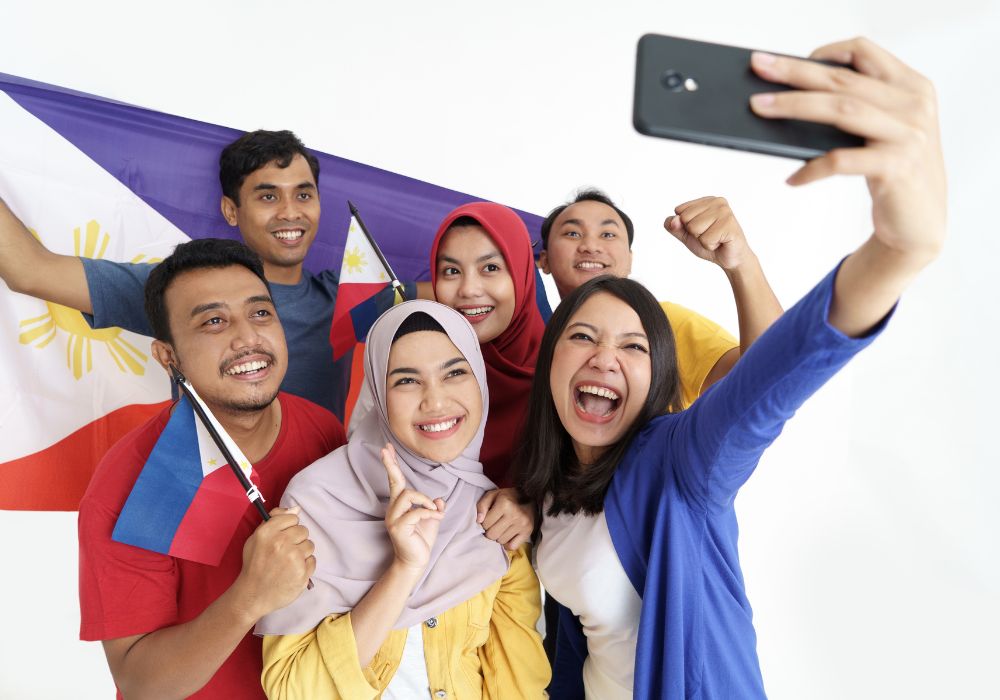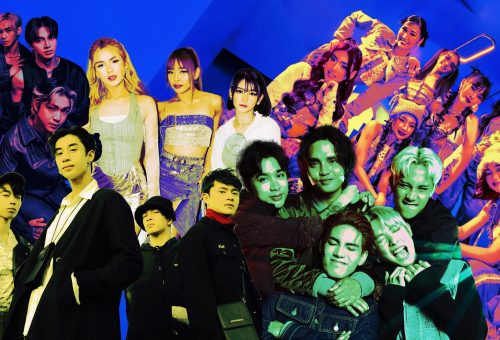Filipino culture is a vibrant tapestry woven from a diverse array of influences, reflecting the country’s rich history and heritage. From its indigenous roots to centuries of colonization and globalization, Philippine culture is a fusion of indigenous traditions, Malay heritage, Spanish influence, and modern global trends.
One of the most prominent aspects of Filipino culture is its strong sense of family and community. Family ties are highly valued, and extended families often live together or in close proximity, providing a strong support network for individuals. Respect for elders and authority figures is deeply ingrained in Filipino society, with concepts like “utang na loob” (debt of gratitude) emphasizing the importance of reciprocating kindness and generosity.
Religion also plays a significant role in Filipino culture, with the majority of the population being Roman Catholic due to centuries of Spanish colonization. Religious festivals, known as fiestas, are celebrated with fervor across the country, blending Catholic rituals with indigenous customs and traditions. These festivals often feature colorful processions, street parades, and elaborate feasts, showcasing the unique cultural heritage of each region.
The Philippines is also known for its rich culinary traditions, influenced by Malay, Chinese, Spanish, and American cuisines. Filipino cuisine is characterized by its bold flavors, use of local ingredients, and diverse regional specialties. Popular dishes include adobo (meat marinated in vinegar and soy sauce), sinigang (sour soup), lechon (roast pig), and halo-halo (a colorful dessert made with shaved ice, fruits, and sweet beans).
Traditional Filipino arts and crafts are another integral part of the country’s cultural identity. Indigenous weaving techniques produce intricate textiles such as the colorful “t’nalak” of the T’boli tribe or the delicate “piña” fabric made from pineapple fibers. Traditional dances like the tinikling, singkil, and pandanggo showcase the grace and rhythm of Filipino folk culture, often accompanied by live music played on indigenous instruments like the kulintang and kubing.
Despite the challenges of modernization and globalization, Filipino culture continues to thrive and evolve, adapting to changing times while preserving its core values and traditions. Whether through music, dance, cuisine, or art, the spirit of Filipino culture shines brightly, celebrating diversity, resilience, and the enduring beauty of the Filipino spirit.











